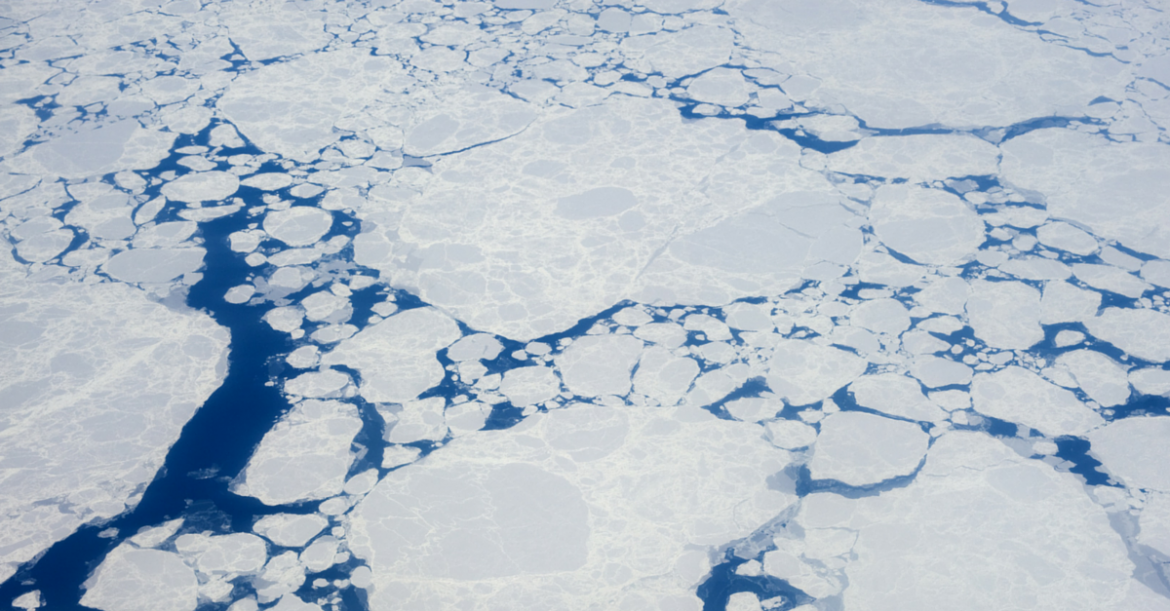As the global warming debate rages on, a recent article in the Daily Mail September 28th, 2013 poses an interesting theory that in actual fact the Artic ice cap is actually cooling. Their headline quotes a 29% growth in the ice cap in just one year. David Rose, author of the article, cites some interesting information:
• “A chilly Arctic summer has left 533,000 more square miles of ocean covered with ice than at the same time last year – an increase of 29 per cent.”
• “The rebound from 2012’s record low comes six years after the BBC reported that global warming would leave the Arctic ice-free in summer by 2013.”
• “Instead, days before the annual autumn re-freeze is due to begin, an unbroken ice sheet more than half the size of Europe already stretches from the Canadian islands to Russia’s northern shores.”
These turn of events are certainly sparking some heated exchanges and scrambling among various agencies to “replace” data to reflect the current status. It appears that errors in calculations had been made at the NASA funded National Snow and Ice Data Center (NSIDC) when on September 4th they stated on their website that in “August 2013 the Arctic ice cover recovered by a record 2.38?million sq km – 919,000 sq miles – from its 2012 low.”
This news was widely reported , but then they very quietly corrected this information on September 8th without even mentioning it. The revised data
cites 1.38?million sq km (533,000 sq miles). According to the NSIDC’s spokeswoman Natasha Vizcarra there was no need to make a statement about the change as it was not a mistake but a typographical error.
Six years ago, the BBC reported that the Arctic would be ice-free in summer by 2013, citing a scientist in the US who claimed this was a ‘conservative’ forecast. So this summer, believing the predictions, more than 20 yachts tried to sail the Northwest Passage from the Atlantic to the Pacific. Surprise—all these vessels became stuck in the ice, some at the eastern end of the passage in Prince Regent Inlet, others further west at Cape Bathurst.
THE PAUSE
So now, many eminent scientists believe the world could be heading for a cooling down period that would run until the middle of this century. They are referring to it as “The Pause”
The pause has gained acceptance with every major climate research center and its importance cannot be underestimated. The models’ that have been previously used to predict the ever-increasing global temperatures now seem to be seriously flawed. Based on these predictions many of the world’s economies have diverted billions of dollars into ‘green’ measures to counter climate change, which may now be heading for a reverse.
As the debate continues back and forth, it appears that making predictions about climate change are about as unpredictable as the weather! Two questions seem to be at the heart of the debate: the extent to which temperatures will rise with carbon dioxide levels, as well as how much of the warming over the past 150 years – so far, just 0.8C – is down to human greenhouse gas emissions and how much is due to natural variability.
In its draft report, The UN Intergovernmental Panel on Climate Change (IPCC) says it is ‘95 per cent confident’ that global warming has been caused by humans – up from 90 per cent in 2007. Governments which support and finance the IPCC say that its current draft does not properly explain the pause.
US climate expert Professor Judith Curry fiercely disputes this claim. She maintains that the models are way too sensitive to carbon dioxide. Pointing to long-term cycles in ocean temperature—which have a huge influence on climate—she suggests the world may be approaching a period similar to that from 1965 to 1975, when there was a clear cooling trend.
Professor Anastasios Tsonis, of the University of Wisconsin, was one of the first to investigate the ocean cycles. He believes we are already in a cooling trend, which will continue for the next 15 years at least, bringing to a halt the warming of the 1980s and 1990s.
More cautious experts like Dr. Ed Hawkins, of Reading University agree that the cycles may have caused some of the recorded warming, but that natural variability alone could not explain all of the temperature rise over the past 150 years.
The evidence is mounting that Arctic ice levels are cyclical. Climate historians uncovered data that showed there was a massive melt in the 1920s and 1930s, followed by intense re-freezes that ended only in 1979.
Watch and wait seem to be the order of the day. According to Professor Curry, the ice’s behavior over the next five years will be crucial, for understanding the climate and for future policy. She believes that the Arctic sea ice is the indicator to watch.
 Food
Food Farmers
Farmers Sustainable Living
Sustainable Living Living Planet
Living Planet News
News